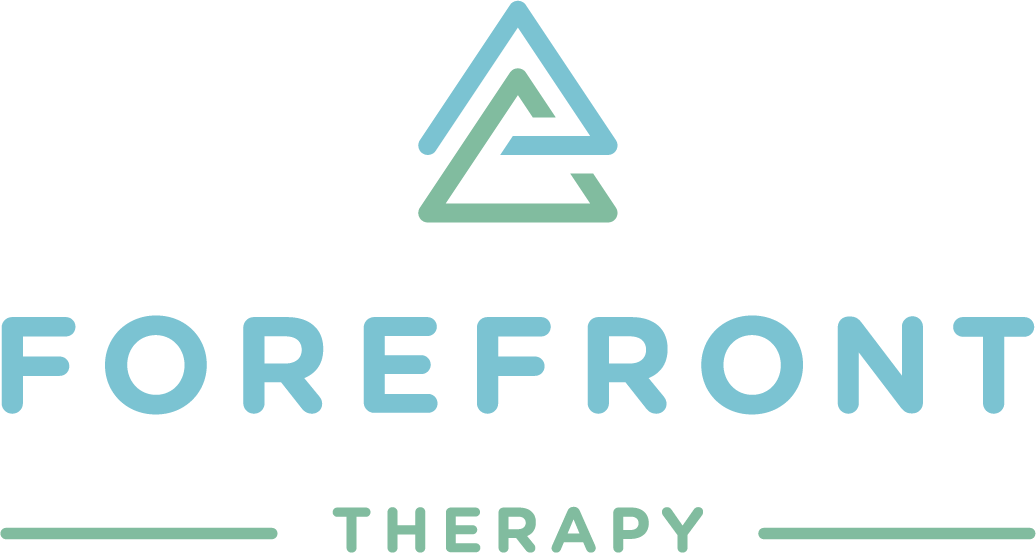Over the past few years more people have become aware of pelvic health thanks to social media. You have probably seen social media posts stating everything from “Kegels will fix all your pelvic floor problems” to “Kegels should never be done.” This can make things confusing to say the least! I want to take some time to explain more about pelvic health physical therapy.
First of all, pelvic health physical therapists have specialty training in the pelvis and pelvic floor muscles. This is something we don’t learn about in school and do further training after we graduate. Second, both men and women have a pelvic floor and can benefit from pelvic floor therapy, although it is more common for women to have issues. Our pelvic floor PTs at Forefront Therapy have experience in treating pelvic floor dysfunction in men, women, and children. Pelvic floor therapy can be helpful for all kinds of conditions including, urinary or fecal incontinence, urinary urgency or frequency, constipation, pelvic girdle pain, pregnancy and postpartum, pain with intercourse, pain or difficulty with tampon insertion, diastasis recti, or pain in the hips or back. Some pelvic floor PTs may not be able to treat your low back or hips, so it is always good to check before having PT. At Forefront Therapy our pelvic floor PTs have extensive orthopedic and pelvic health knowledge, but this is not the case everywhere.
So what is a Kegel, is it good or bad, and does it fix leakage? A Kegel is a pelvic floor muscle contraction. Kegels might be helpful for leakage, but they are not the best exercise for the pelvic floor. In some situations they might even increase leakage and other pelvic floor issues! You first need to find out if your pelvic floor is tense and can’t relax or if it’s weak. If it’s tense, then PT will include learning how to relax those muscles throughout the day, we can do internal or external pelvic floor muscle releases, and we check to see if nearby joints are moving appropriately. Tense muscles are typically weak, so strengthening will be a part of the rehab process as well.
To strengthen the pelvic floor, you need to learn how to use it appropriately with your daily activities, whether this is changing positions, lifting something from the ground, or exercising. We will strengthen the pelvic floor muscles throughout their whole range of shortening and lengthening. Kegels only focus on strengthening during shortening, so other exercises are needed as well. Pelvic floor PT will also include strengthening the hip muscles. The hip and pelvic floor work well together and help each other out. One of the pelvic floor muscles is even part of the hip (the obturator internus), which is why pelvic floor PT needs to include the hip also. Exercises will be performed in a variety of positions including laying down, sitting, on your hands and knees, standing, and on one leg. We can also do a running assessment and discuss running mechanics if this is one of your goals.
Pelvic floor PT can be helpful in treating a variety of conditions and it might be the missing piece to getting back to living the life you want! Give us a call today if you want to schedule an appointment with one of our amazing pelvic floor PTs!
About the author:
Dr. Tonya Barringer, PT, DPT, WCS is a Doctor of Physical Therapy with undergraduate and graduate degrees from the University of Evansville. Along with general orthopedics and neurological care, she is passionate about women’s health and pelvic floor therapy. Tonya has been successfully certified for the treatment for men and women with pelvic floor dysfunction through Herman & Wallace Pelvic Rehabilitation Institute. She most recently passed her Board Specialty Certification Exam in Women's Health Physical Therapy through the APTA and is officially a Board Certified Specialist Women's Health Physical Therapy.


